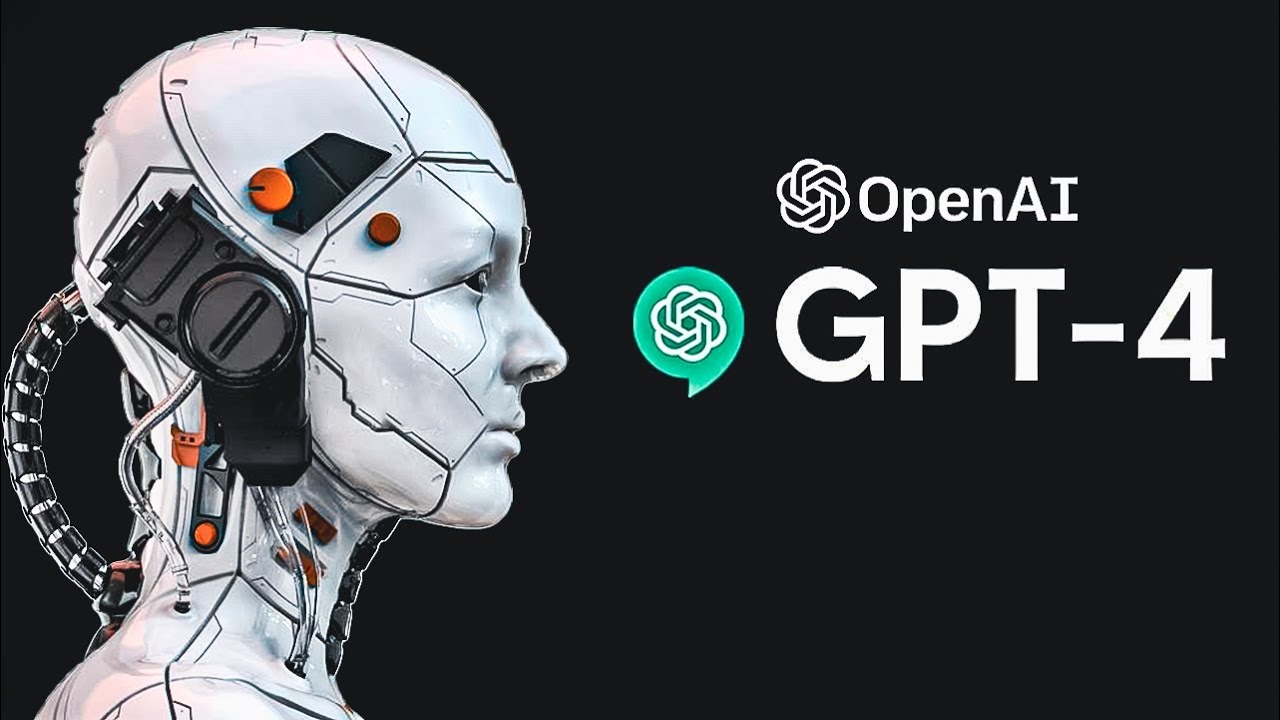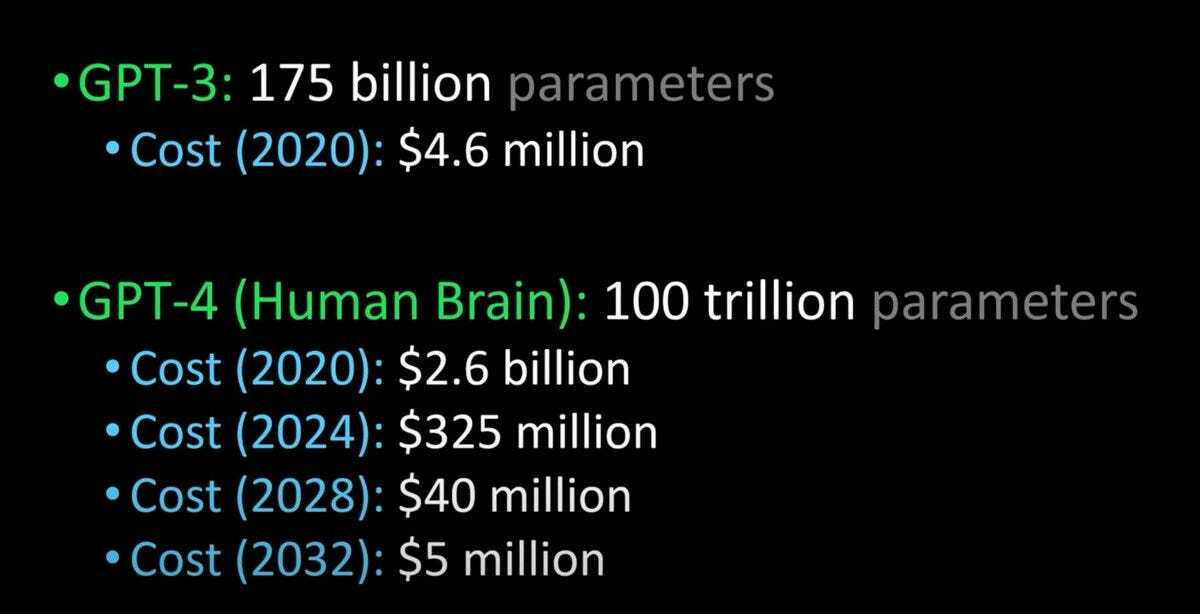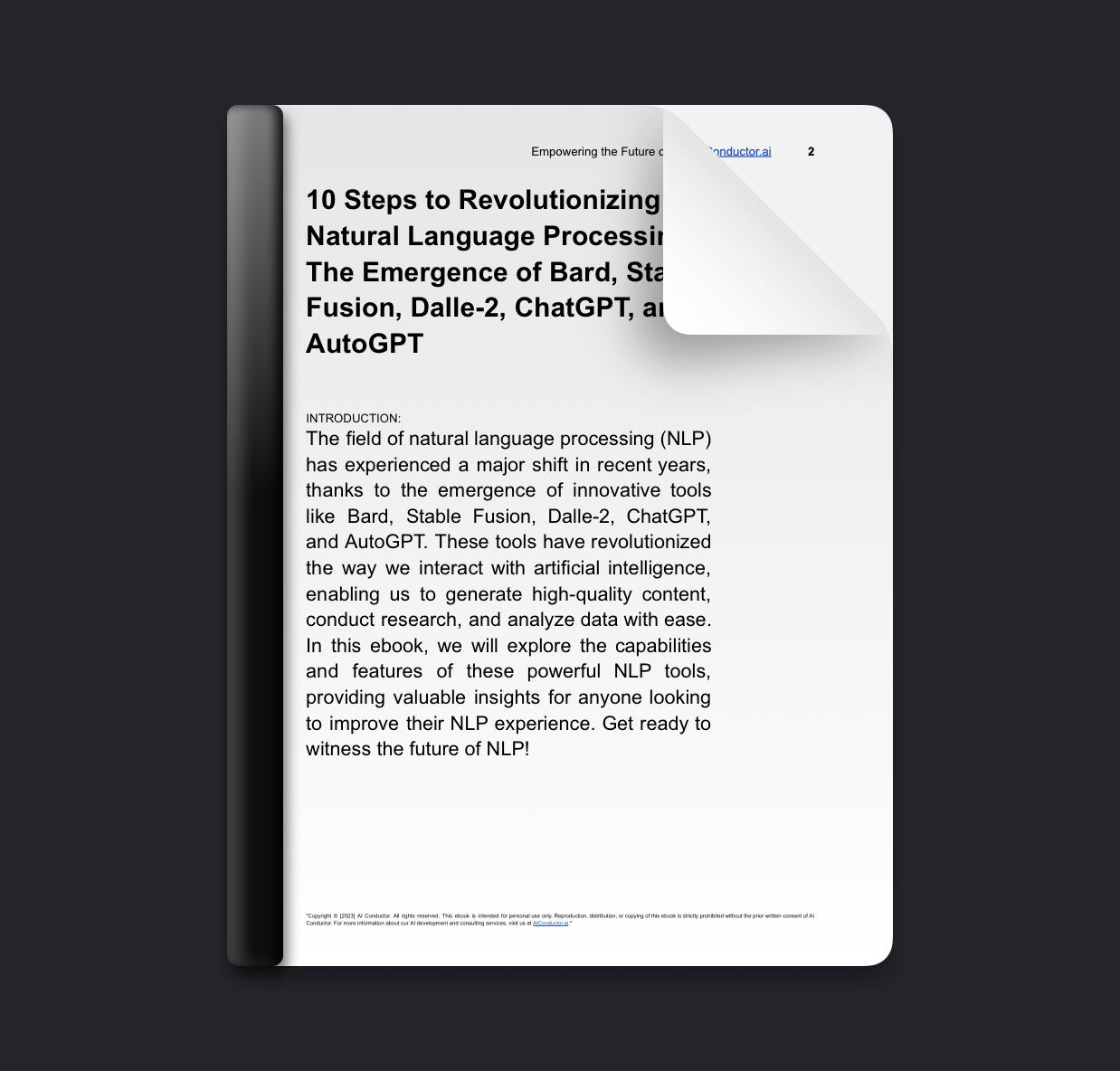We asked:
What potential risks does the widespread use of GPT-4 technology pose to our privacy and security?
The Gist:
GPT-4 is a powerful new artificial intelligence system developed by OpenAI. It is capable of generating human-like text, images, and audio. GPT-4 is the latest in a series of language-generating AI models and is the most advanced to date, allowing for more natural and accurate results than ever before. This technology has the potential to revolutionize the way we interact with computers, allowing us to create more natural conversations and interactions with machines.

Decoded:
The advancement of artificial intelligence (AI) technology is one of the most significant revolutions of the 21st century. Over the past decade, AI has been used to create machines that can solve complex problems, improve customer experience, and even drive cars. One of the most exciting new developments in this field is the introduction of GPT-4, a text-generating AI system capable of simulating human writing.
Here are five things to know about GPT-4:
First, GPT-4 was designed to generate an impressive amount of human-like text with little to no effort. This means that businesses and organizations can quickly create content related to their business, without worrying about creating all of the content on their own. Additionally, GPT-4’s algorithm allows it to quickly adapt to new topics, come up with new ideas, and express opinions just like a human writer would.
Second, GPT-4 is incredibly versatile. Not only does it generate human-like text, but it can also be used for a wide range of applications, such as writing memos, legal documents, and even creative pieces of fiction. This makes it an invaluable tool for businesses and organizations that need to quickly generate a wide range of content.
Third, GPT-4 is surprisingly safe. To ensure that the text it generates is free from bias or hate speech, the system includes a set of safety protocols. This makes GPT-4 ideal for use by organizations that must create content that follows strict guidelines and is non-partisan.
Fourth, GPT-4 also has the potential to revolutionize the way we interact with machines. Since GPT-4 can simulate human conversations, it could eventually be used to create virtual assistants that are so lifelike that they are indistinguishable from a person.
Finally, GPT-4 can also be used to create assistive technologies that can help disabled people in their day-to-day lives. For instance, GPT-4 has the potential to power devices that can help people with speech impediments to better communicate with others.
Overall, GPT-4 is an incredibly exciting development for the artificial intelligence industry. Its impressive capabilities, versatility, safety protocols, and potential for revolutionizing the way humans and machines interact have made it one of the most fascinating advancements of the 21st century.
Here are five things to know about GPT-4:
First, GPT-4 was designed to generate an impressive amount of human-like text with little to no effort. This means that businesses and organizations can quickly create content related to their business, without worrying about creating all of the content on their own. Additionally, GPT-4’s algorithm allows it to quickly adapt to new topics, come up with new ideas, and express opinions just like a human writer would.
Second, GPT-4 is incredibly versatile. Not only does it generate human-like text, but it can also be used for a wide range of applications, such as writing memos, legal documents, and even creative pieces of fiction. This makes it an invaluable tool for businesses and organizations that need to quickly generate a wide range of content.
Third, GPT-4 is surprisingly safe. To ensure that the text it generates is free from bias or hate speech, the system includes a set of safety protocols. This makes GPT-4 ideal for use by organizations that must create content that follows strict guidelines and is non-partisan.
Fourth, GPT-4 also has the potential to revolutionize the way we interact with machines. Since GPT-4 can simulate human conversations, it could eventually be used to create virtual assistants that are so lifelike that they are indistinguishable from a person.
Finally, GPT-4 can also be used to create assistive technologies that can help disabled people in their day-to-day lives. For instance, GPT-4 has the potential to power devices that can help people with speech impediments to better communicate with others.
Overall, GPT-4 is an incredibly exciting development for the artificial intelligence industry. Its impressive capabilities, versatility, safety protocols, and potential for revolutionizing the way humans and machines interact have made it one of the most fascinating advancements of the 21st century.

Essential Insights:
Three-Word Highlights
GPT-4, Artificial Intelligence, Natural Language Processing
Winners & Losers:
Pros
1. GPT-4 can generate more sophisticated and diverse text than previous models.
2. GPT-4 can be used to generate text in a variety of languages.
3. GPT-4 is more efficient than previous models, allowing for faster training times.
Cons
1. GPT-4 is not yet able to generate text with perfect accuracy.
2. GPT-4 is prone to generating text with errors or bias.
3. GPT-4 is expensive and requires a significant amount of computing power to use.
Bottom Line:
The bottom line is that Salesforce's new generative AI-driven workflow tools have the potential to revolutionize the way businesses operate and increase productivity.
Ref.
Join The Conversation!





